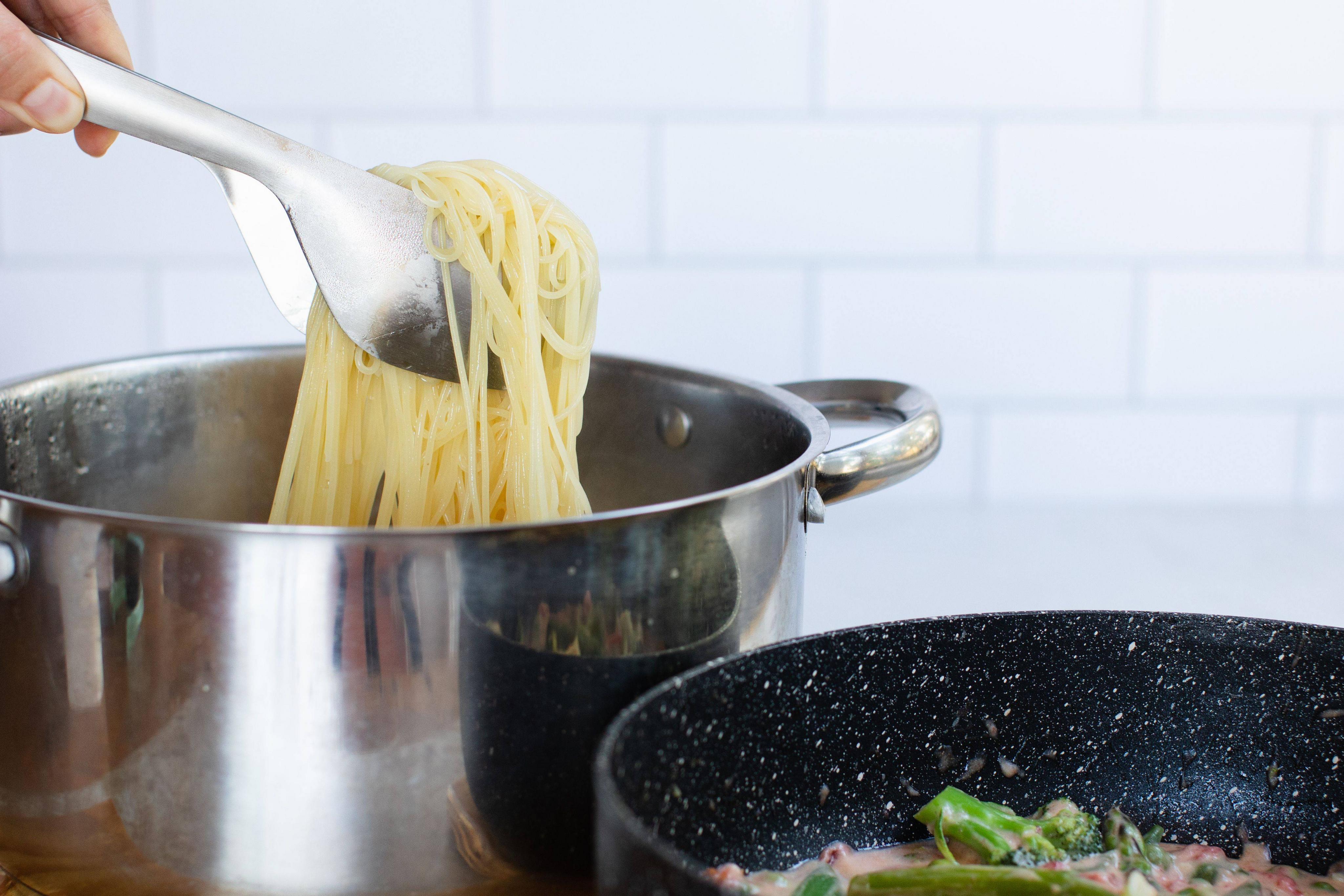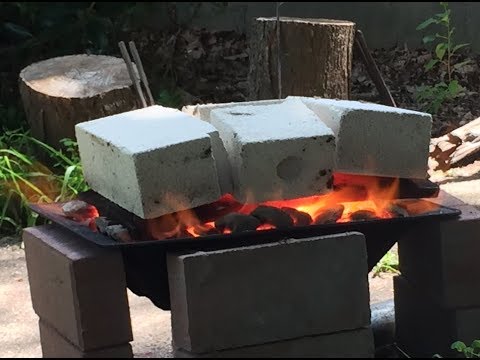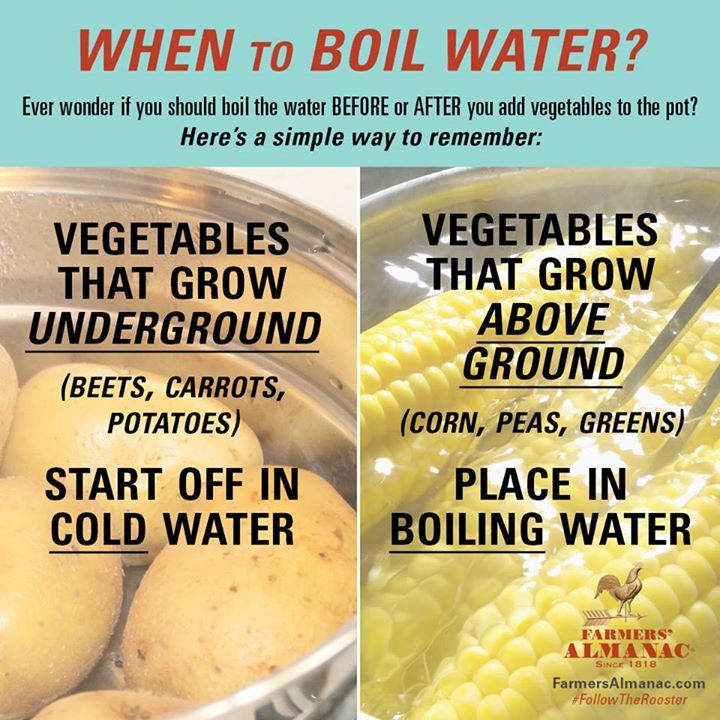
MinuteRice's recent poll found that 71% said they used life hacks more frequently than before the COVID-19 outbreak. 54% of respondents said that they had used a cooking method. One in three respondents claimed that they had used cooking hacks at the least three times to get it right. The most successful cooking hacks, according to the survey, save people an average of six hours each week.
TikToker's cooking hack to measure sticky ingredients
A sticky ingredient can leave a residue on your measuring cup. This not only makes it inaccurate but also makes cleanup easier. TikTok has a solution. Find out how to use anoiled measuring cup for sticky ingredients in your home kitchen. Holly shares her simple trick:
You can remove a cork by blow torch
A blow torch might be an option for wine enthusiasts who want to remove corked wines. You could also use a bicycle pump to pull the cork off a bottle of wine. You could end up injuring yourself if you push the cork too hard. A blow torch is another option, but you should be cautious as it can burn the bottle.

Chop herbs using a knife and a cuttingboard
Using a cutting board to chop herbs can make the job more efficient. Unlike chopping fresh herbs on a countertop, where you run the risk of damaging the leaves or bleeding the herb, the cutting board will help you maintain the freshness of your chopped herbs. These are some helpful tips for using a cuttingboard. First, ensure you use a sharp blade. You can also use kitchen scissors. To retain the flavor, chop herbs in coarser cuts.
Using a blow torch to remove excess fat from stock
Using a blow torch to remove excess butter and fat from stock is an easy way to give your chicken or fish soup the texture you want. This method is not suitable for all. However, it can save you a great deal of time. First, reduce the stock to approximately two-thirds of its original volume. Next, heat the stock with a blow torch to melt any remaining fat. The stock can be frozen in ice cube trays and freezer bags. It will stay fresh for several months. If you make a lot of chicken stock, you may also want to use the bones or meat from the bird.
Using a blow torch to remove a coconut shell
If you don’t possess a blow torch, you could smash the coconut with a pointed object such as knife or hammer. The outside of the coconut shell has three ridges that split it into thirds. These ridges then connect at the "butt". One ridge runs between your eyes and the "mouth" of the coconut. The other two ridges run to either side. To remove the rest of the shell, you will need a knife, fork, or a hammer.

FAQ
How much does culinary school cost?
Culinary school costs vary depending on where you go, how long you study, and what program you choose. The average tuition ranges from $10,000-$30,000 per year. The majority of students graduate with around $20,000 in student debt. However, some programs offer scholarships, grants, and work-study opportunities.
How can I motivate myself to cook?
It's fun to cook for your friends and family. Cooking for your own family is much easier than making meals for others. Try something new if you want to feel motivated to cook. This will allow you to discover new recipes and techniques. Additionally, you can learn about new ingredients and techniques by incorporating recipes from different cultures into your cooking.
Where can I get free online cooking lessons
Many websites offer cooking lessons for free. YouTube has many videos that will show you how to cook different dishes. Some sites offer thousands of recipe options. These sites usually require you to pay a monthly fee, but you can try them out for free for 30 days.
Are you able to cook by yourself?
Yes, you can self-teach cooking! Cooking is one of those things that everyone loves doing, whether they know how to do it or not. If you're interested in learning how cook at home, then start cooking. Start small with things like making pancakes or spaghetti sauce for your dinner. You can learn the most by trying new recipes and making mistakes. You may even want to make a few mistakes along the way.
The time it takes to learn to cook can vary from just a few hours up to several weeks, depending upon your skill level. Cooking is more than following recipes. There are many different ways to prepare food, so if you have an idea in mind, go with it.
How do I become a chef?
To get a job as chef, you must first complete a culinary arts degree. Next, join a professional organisation such as ACF. This organization provides certification exams and offers networking opportunities.
Do I need any special equipment to cook?
No, you don't need any special equipment to learn to cook. However, it can be easier to use the right tools. For example, a knife could be used for pasta making or a whisk would be better than a hand mixer for whipping egg whites to stiff peaks. Having the right tools can make cooking less daunting and allow you to get started faster.
What are the requirements to become a chef?
To become a chef, you must have a bachelor's degree in culinary arts. In addition, you need to pass a series of tests administered by the ACF. After you have completed all requirements, you will receive a certificate confirming your qualifications.
Statistics
- In the United States, the category is estimated at $23.2 billion annually and is growing faster than the market. (washingtonpost.com)
- under 10 Kids have been taught that there is special food just for them, and Fiese says that 10 percent of kids will throw a tantrum if they don't get the food they want. (washingtonpost.com)
- The median pay for a chef or head cook is $53,380 per year or $25.66/hour, according to the U.S. Bureau of Labor Statistics (BLS). (learnhowtobecome.org)
External Links
How To
How to make the perfect omelet
Omelets is one of my favourite breakfast foods. But how do they turn out so perfectly? There are many recipes and methods I tried, but none worked. Today, I'd like to share some tips with you in order to make delicious and fluffy omelets every day.
It is important to know that eggs can be temperamental when making omelets. The eggs must be fresh from an organic source and kept at room temperature until they are ready to be cooked. The yolks and whites will not form properly if they aren't kept cold enough. Your omelets will look strangely colored if this happens. It is best to use room-temperature eggs if you are going to cook them right away.
You might also try separating the egg before adding to the pan. You don't want any white to get mixed up with the yolk because this could cause the omelet to curdle.
You might burn the bottom of the egg if you place the egg directly on the stovetop. This could ruin the texture of your omelet. Instead, put the egg in the microwave for 10 seconds before putting it into the pan. The heat from the microwave cooks the egg just enough without overcooking it.
Next, let us talk about how to mix the eggs. When you mix eggs together, you want to beat them well. You need to turn the bowl of the mixer upside down. Next, shake the bowl vigorously. By doing this, the egg is thoroughly mixed with the air in the bowl.
The fun part begins - you need to pour the milk into your mixture. Pour half the milk into the beaten egg mixture and then fold in the eggs. Do not be alarmed if there are still egg streaks visible. Once the omelet flips, these streaks will disappear.
After you have folded your eggs, heat up the oil on medium heat. Wait for it to get hot. Once the oil has gotten hot, add 1/4 cup of butter and swirl it around so that the entire pan is coated. Now carefully crack open the lid of the pan and sprinkle salt into the pan. Salt will prevent the omelet sticking to the pan.
Once the omelet has formed completely, cover the pan and let it set for a few minutes. Flip the omelet with a spatula, or flip it upside down. Cook the other half for another minute. Take out the omelet and place it in a bowl.
This recipe is best when used with whole milk. But, you can use skimmed milk as well.